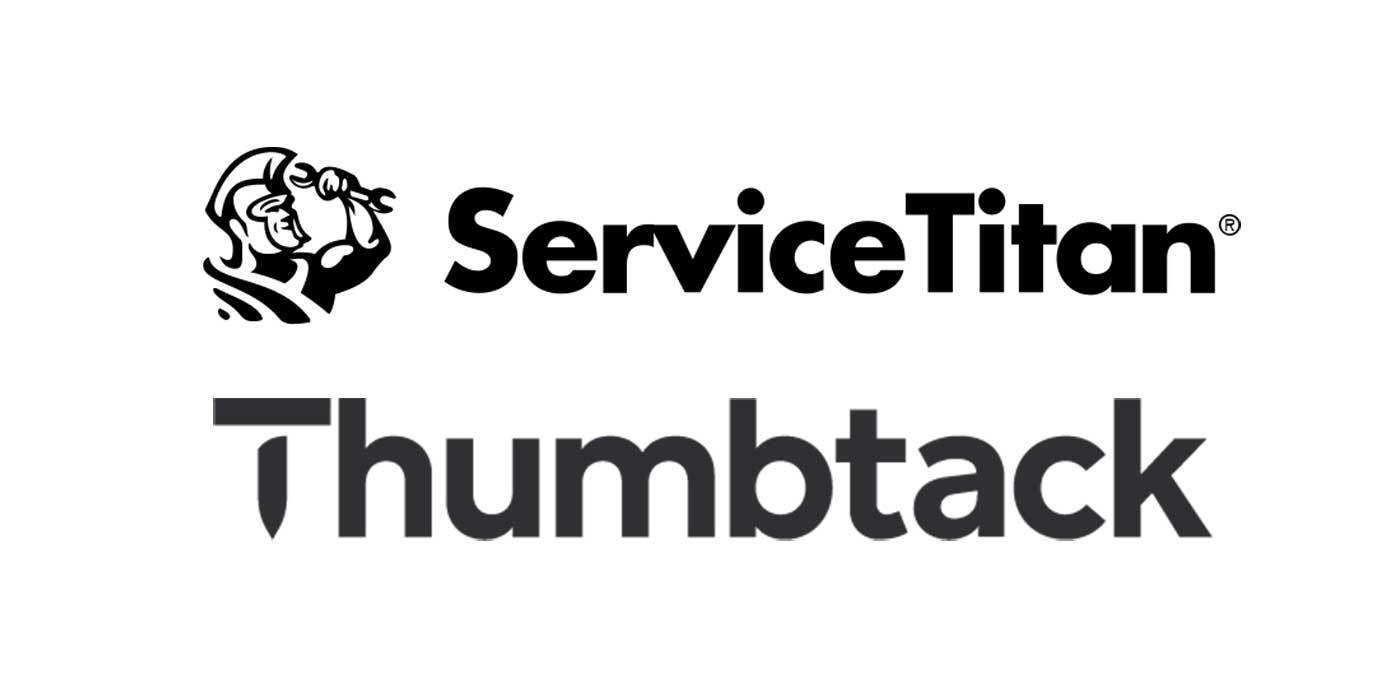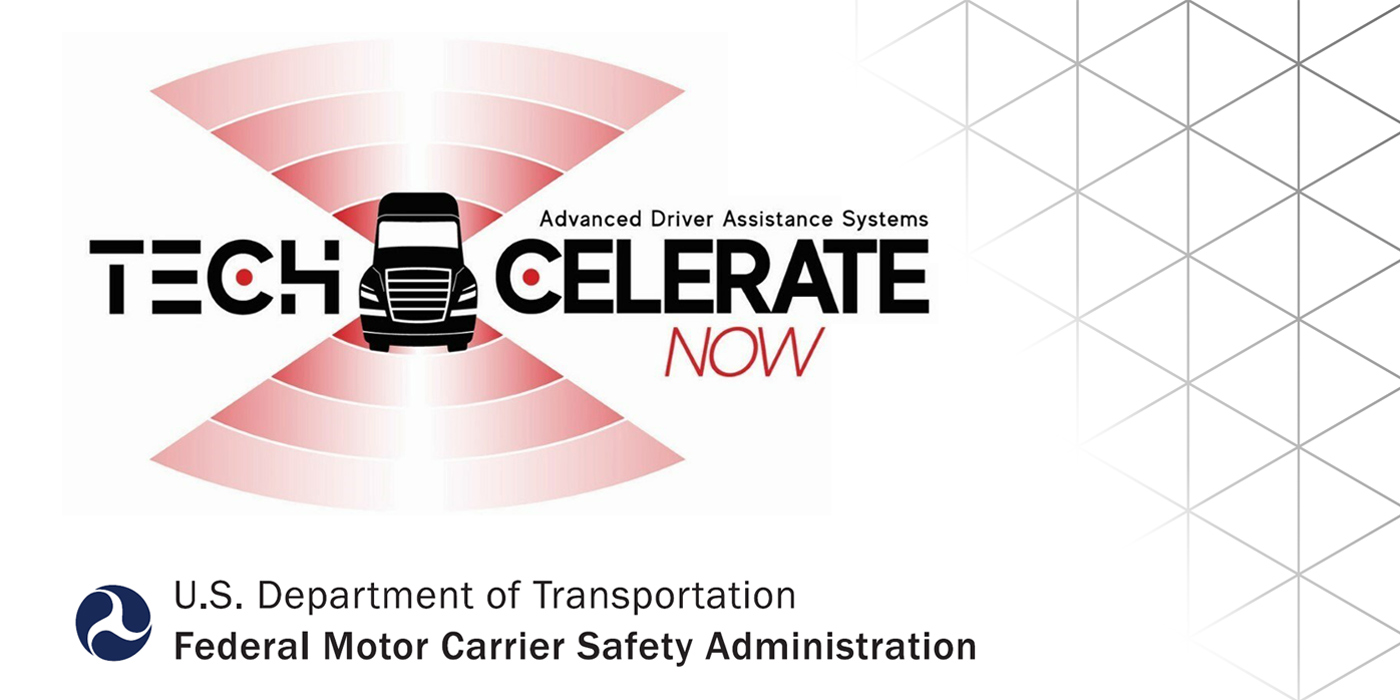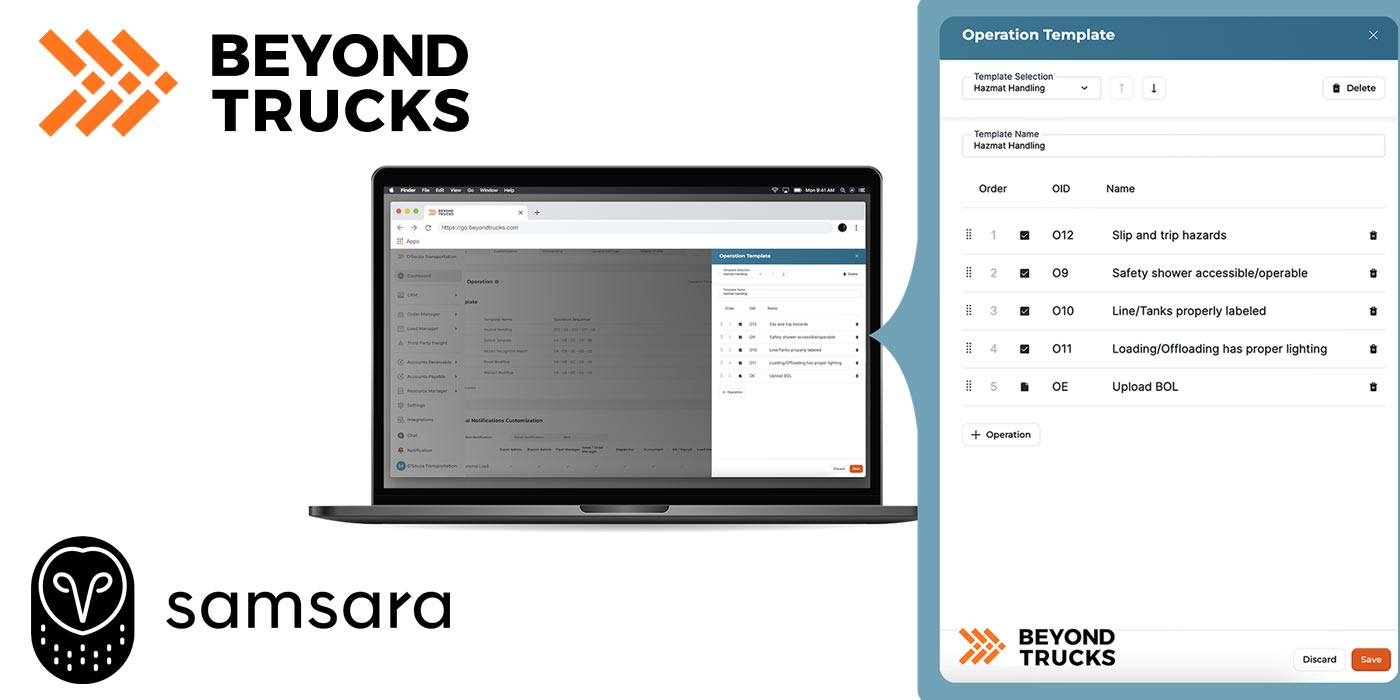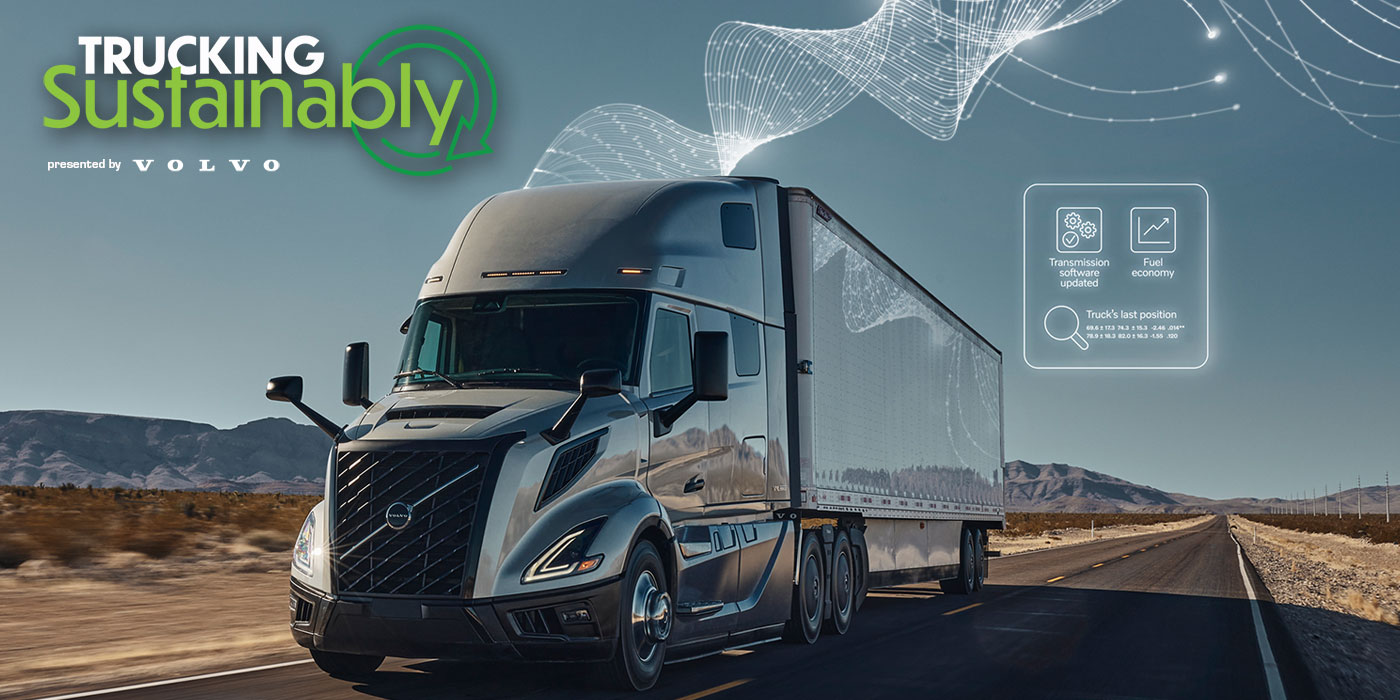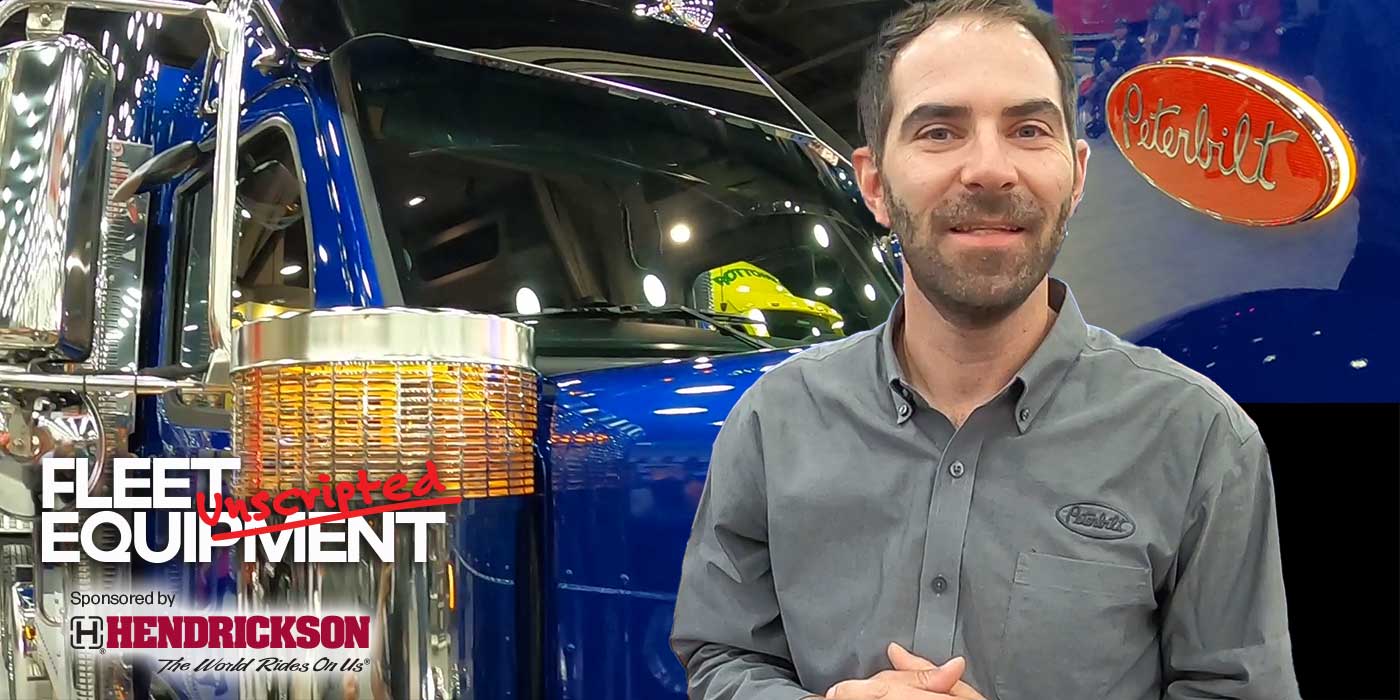When it comes to driver retention, driver workflow technology is just as important for the fleet manager as it is to the driver. As data-gathering opportunities continue to grow, what can we expect to see from these applications in the future?
According to Stephen White, senior business development manager, Class 8 market at Geotab, the company is focusing on improving its driver workflow technologies to allow fleet managers to match their drivers’ on-ground realities in order to help improve driver retention.
“Looking towards the future, workflow applications will have an expanded capacity for utilizing OEMs’ built-in hardware and displays, improved fuel usage support, increased compatibility with electric vehicles and the ability to globally expand with fleets,” White says. “As fleet managers continue to receive access to rich data insights in real time, they are able to make safer and better decisions for their drivers on the road.”
Trimble’s vice president of data science, Chris Orban, says as fleets continue to find ways to collect more robust sets of data, Trimble will be able to offer more choices and opportunities to drivers.
“Imagine if a driver was able to easily select from a list of optimal orders or work tasks, and truly give the driver choice in their workday. Or, the ability to plan their work week, instead of just their day,” Orban says. “One of the complaints I often hear is that a driver wants more predictability and an assurance that they’ll be able to get home to see their child’s dance recital on Friday night, for example. Right now, operations frequently have to manually [move] orders and drivers around to get them what they want. And they can’t always meet everyone’s needs.
“As the technology and optimization tools evolve, I expect this type of planning task to be both easier for operations staff and far more successful for the driver,” Orban continues. “We can help the drivers meet their needs, while still getting the shipments delivered that customers require. A driver who knows that the company has invested in technology to keep them safe and productive; a driver who knows they have choice and freedom; a driver who spends their time driving, not worrying about what’s going to happen tomorrow: these are all drivers who are more likely to stay and keep the wheels turning.”
Sean McGee, director of product management for Samsara, says his team is seeing more organizations who want to move away from on-board computers and dedicated in-cab devices, instead opting for apps that can be run on a smart device.
“Not only is it a more cost-effective solution for fleets, but it allows drivers to use modern technology in their day-to-day jobs, so they tend to be happier and more productive,” McGee says. “These workflow applications are also no longer going to be deployed in a silo; fleets are increasingly going to want to manage their drivers’ application experience. Many fleets will need tools, such as API integrations, to be able to design these experiences.”
Kevin Aries, head of global product success at Verizon Connect, predicts artificial intelligence will soon become part of every aspect of a driver’s workflow.
“Innovations around artificial intelligence and machine learning will ultimately become an integral part of a driver’s workflow, with various algorithms helping guide drivers determine the best routes, optimize schedules and compliance,” Aries says.


